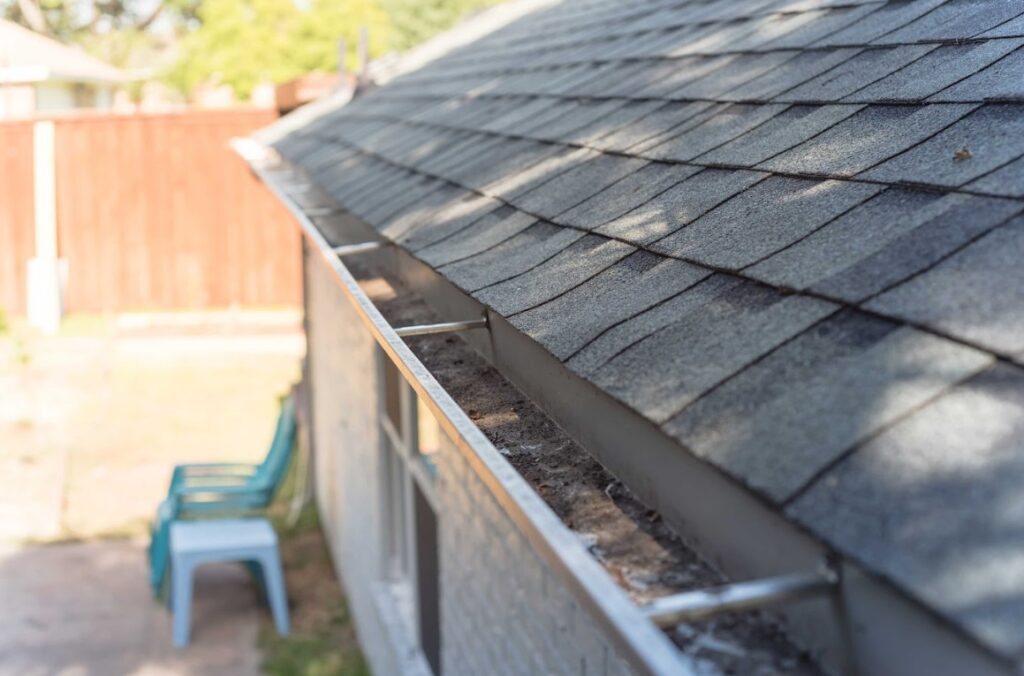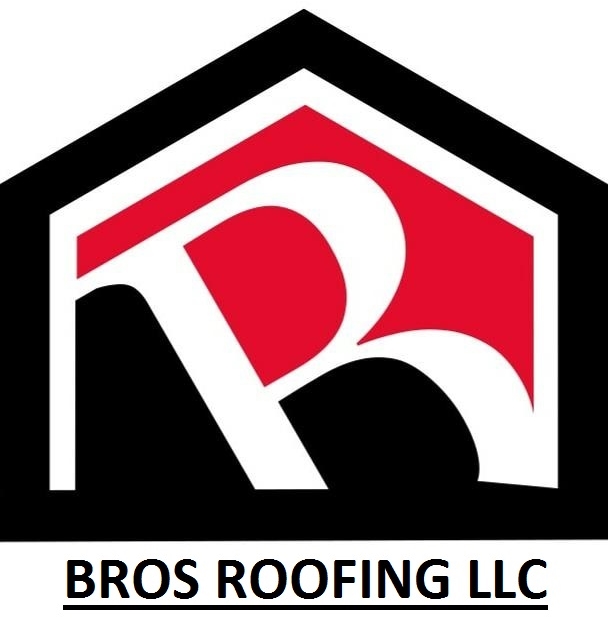Here in Grand Junction and across the Western Slope, winter brings more than snowflakes and scenic views. It also brings a hidden threat to your home: roof ice dams. If you’ve ever noticed heavy icicles hanging from your eaves, you’ve seen the warning signs.
Ice dams don’t just look intimidating; they can cause leaks, damage your roof structure, and lead to costly interior repairs. The good news? With a few smart steps, you can keep your home safe and your roof strong, even in high-altitude Colorado winters.
In this guide, you’ll discover:
- What an ice dam is and why it forms on your roof.
- Why ice dams on roof systems are more common in high-elevation areas like the Rockies.
- Simple and effective strategies for how to prevent ice dams on roof surfaces before they cause damage.
- When it’s time to call in a trusted local roofing professional for help.
At Bros Roofing, we see roof care as more than maintenance; it’s peace of mind. Let’s walk through the essentials together.
What Is an Ice Dam on a Roof and Why Does It Matter?
An ice dam is a ridge of ice that builds up along the border of your roof. It happens when warm air inside your home releases into the attic and heats the roof deck. Snow melts, causing water to run down to the colder eaves, and then refreezes. Over time, a wall of ice forms, trapping water behind it.
That trapped water is where the trouble starts. Instead of draining off your roof, it seeps under shingles and into your home. From stained ceilings and wet insulation to warped wood and mold growth, the damage adds up quickly.
On the Western Slope, our high elevation makes ice dams more likely. For every 1,000 feet of altitude, you can expect the temperature to drop about 3.5°F. Combine that with snow, cold nights, and sunny days, and your roof faces the perfect conditions for ice dam formation.
Understanding what an ice dam on a roof is helps you see why prevention isn’t just optional, it’s essential.
What You’ll Need Before Tackling Roof Ice Dam Prevention
Before you get started, there are a few things every homeowner should know:
- Safety First: Never climb a snowy or icy roof. Use long-handled tools like roof rakes or call in professionals when needed.
- Know Your Insulation: Roofs in our region need strong attic insulation, ideally around R-38 or higher. Closed-cell spray foam offers excellent performance.
- Ventilation Is Key: A balanced system of soffit and ridge vents keeps your attic temperature steady and helps prevent freeze-thaw cycles.
- Air Sealing Matters: Warm air escaping through gaps around pipes, wiring, or attic hatches fuels ice dam problems. Seal these areas before winter hits.
- Have a Pro on Call: DIY steps go a long way, but recurring issues often need a licensed roofing contractor to solve them permanently.
A little preparation today helps ensure your home is ready when winter weather moves in.
Seasonal Steps to Prevent Ice Dams on Roofs
Step 1: Seal Warm Air Leaks
Start inside your attic. Seal gaps around light fixtures, chimneys, plumbing, and wiring with caulk or expanding foam. This keeps heated air where it belongs, inside your home.
Step 2: Add or Upgrade Insulation
Proper insulation is one of the best defenses against ice dams. Fiberglass, cellulose, and foam all work, but closed-cell spray foam gives the strongest protection by acting as both insulation and an air barrier.
Step 3: Improve Attic Ventilation
Install soffit vents for intake and ridge vents for exhaust. Balanced airflow keeps your attic close to outside temperatures, preventing the melt-and-freeze cycle that creates ice dams.
Step 4: Keep Gutters Clear
Clean gutters before winter so melting snow has somewhere to go. Clogged gutters trap water, which then freezes and adds weight to the edge of your roof.

Step 5: Manage Snow Loads Safely
Use a roof or snow rake to remove snow from the first three to four feet near the eaves. This reduces the chance of water freezing at the roof edge. For hard-to-reach areas, call a snow removal pro.
Expert Insights: Roof Ice Dams in High-Elevation Homes
Elevation Increases the Risk
At higher altitudes, colder temperatures and heavier snowfalls make ice dams more common. Western Slope homeowners should expect more frequent freeze-thaw cycles than those at lower elevations.
Ventilation Systems Matter More Than Ever
Complex roof designs with valleys and dormers can restrict airflow. Adding ridge and gable vents, or even a “cold roof” assembly with enhanced ventilation, helps keep your roof deck cold and dry.
Choose Materials Wisely
Breathable underlayments, algae-resistant shingles, and ice-and-water shield barriers at eaves and valleys provide extra protection. Just avoid covering the entire deck with impermeable barriers, which can trap moisture.
Snow Retention Devices Add Safety
Snow guards and fences prevent heavy sheets of snow from sliding off suddenly and damaging your roof or injuring someone below.
Quick Ways to Stay Ahead of Ice Dams
Here’s a simple checklist to keep in mind each winter:
- Seal attic leaks before the cold sets in.
- Keep insulation levels at R-38 or higher.
- Balance soffit and ridge vents for steady airflow.
- Clean gutters and downspouts in late fall.
- Rake snow off the lower 3–4 feet of your roof.
- Document roof condition with seasonal photos.
Small, consistent steps mean fewer surprises and less stress when winter weather hits.
Roof Ice Dam FAQs
What Is an Ice Dam on a Roof?
An ice dam on a roof is a ridge of ice that forms at the roof edge when melting snow refreezes. It traps water behind it, leading to leaks and damage inside the home.
How Do I Prevent Ice Dams on My Roof?
To prevent ice dams on your roof, seal attic air leaks, add insulation, and improve ventilation. In high-snow areas, roof raking and professional ice dam prevention services also help.
Why Are Ice Dams Worse in High-Elevation Areas?
Ice dams are worse in high-elevation areas because colder temperatures, heavy snow, and strong sun create more frequent melt-freeze cycles. That combination increases the chance of water freezing at the eaves.
Do Heat Cables Work for Ice Dams on Roofs?
Yes, heat cables (also called heat tape) can melt channels in the ice to let water drain. However, they’re most effective when paired with insulation, ventilation, and air sealing.
When Should I Call a Professional for Ice Dam Prevention?
Call a professional if you see recurring ice dams, notice leaks inside your home, or need spray foam insulation, roof ventilation upgrades, or heated roofing systems installed.
How Does Seasonal Roof Maintenance Protect My Home?
Seasonal roof maintenance protects your home by preventing leaks, extending the life of your shingles, and reducing the chance of costly repairs. By addressing small issues each season, you avoid major damage caused by storms, heat, or ice.
Stay Ahead of Winter With a Roof You Can Trust
Ice dams may be a part of Colorado winters, but they don’t have to be part of your home. By sealing air leaks, improving insulation, and maintaining good ventilation, you can stop problems before they start. Add in safe snow management and professional support when needed, and you’ll enjoy winters with far fewer worries.
At Bros Roofing, we’re more than just roofing contractors; we’re your neighbors here on the Western Slope. With trusted certifications, local expertise, and a team that cares, we help you protect what matters most.
Don’t wait until the icicles form. Schedule your free estimate today and let Bros Roofing keep your roof strong and your home safe in every season.



